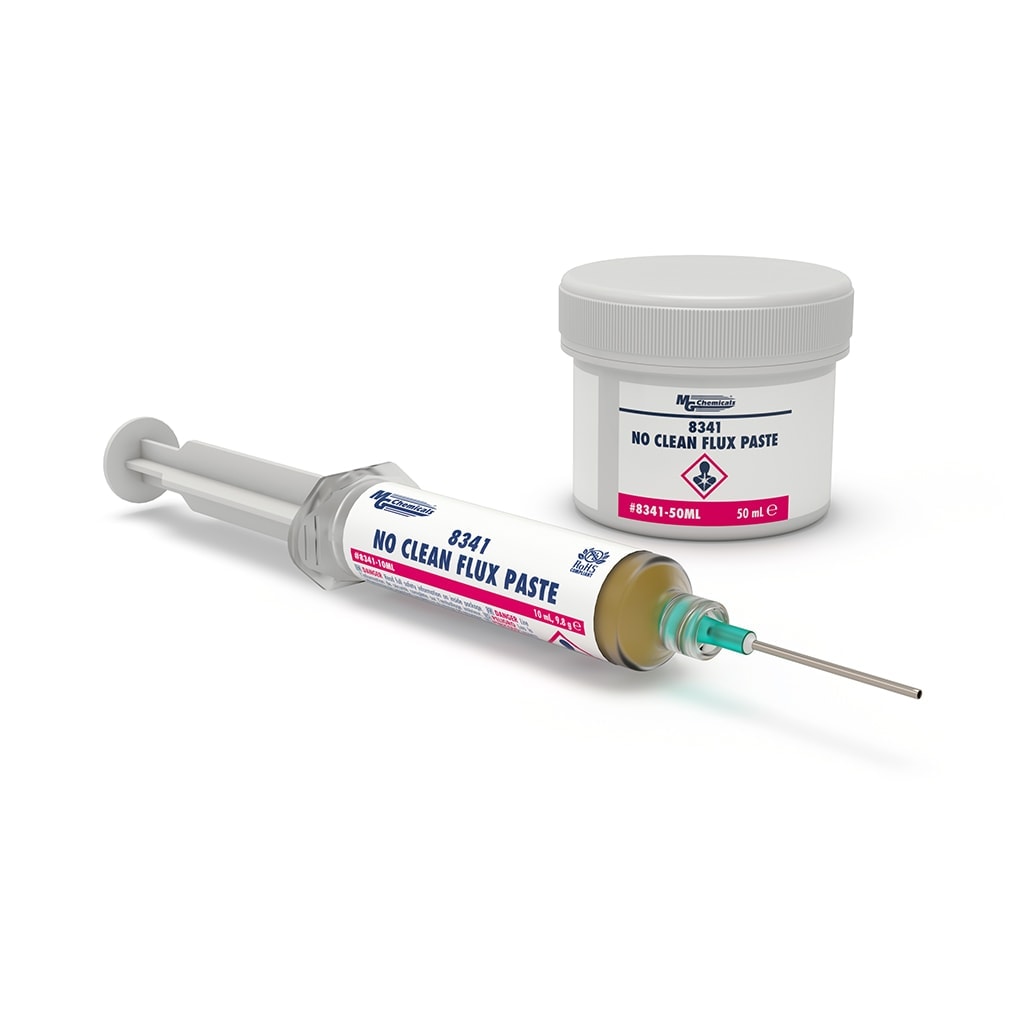What is Solder Flux?
Soldering flux, often referred to simply as flux, is a crucial component in the soldering process. It is a chemical agent used to clean and prepare surfaces for soldering. Flux serves several essential functions, including removing oxides, promoting wetting, and preventing oxidation during soldering.

Why do you need soldering flux?
The primary purpose of soldering flux is to facilitate the soldering process by ensuring a clean and reliable bond between the solder and the metals being joined. When metals are exposed to air, they form oxide layers that inhibit solder flow and weaken the solder joint. Flux works to dissolve these oxides, allowing the solder to adhere properly to the metal surfaces.
Without flux, soldering can result in poor-quality joints characterized by weak connections, cold solder joints, and unreliable electrical conductivity. In essence, flux acts as a mediator, bridging the gap between the solder and the metal surfaces, thereby ensuring strong, durable, and consistent solder joints.
What are the Three Main Types of Soldering Flux in Electronics?
There are three primary types of soldering flux commonly used in electronics: rosin flux, water-soluble flux, and no-clean flux.
-
Rosin Flux: Rosin flux is derived from natural pine sap and is one of the oldest types of flux used in soldering. It is typically formulated with a blend of rosin, organic acids, and solvents. Rosin flux is known for its excellent soldering properties and flux residue that is non-conductive and relatively easy to remove.
-
Water-Soluble Flux: Water-soluble flux is formulated to be easily cleaned with water after soldering. It contains activators and organic acids that effectively remove oxides and contaminants from metal surfaces. Water-soluble flux is commonly used in applications where post-soldering cleaning is required, such as in PCB assembly.
-
No-Clean Flux: No-clean flux is designed to leave minimal to no residue after soldering, eliminating the need for post-soldering cleaning. It contains highly activated flux ingredients that efficiently remove oxides while leaving behind a residue that is safe for most applications. No-clean flux is particularly useful in applications where cleaning may be difficult or impractical.
Does soldering flux go bad?
Like many chemical substances, soldering flux can degrade over time, especially if not stored properly. Factors such as exposure to moisture, heat, and contaminants can affect the effectiveness of flux. Rosin flux, for example, can become less active and more difficult to work with if it absorbs moisture from the air. Helpful resource: https://quorten.github.io/quorten-blog1/blog/2020/07/24/flux-expir-pcba#:~:text=Okay%2C%20so%20it%20turns%20out,just%20fine%20several%20decades%20later.
To maximize the shelf life of soldering flux, it should be stored in a cool, dry place away from direct sunlight and moisture. Additionally, flux containers should be tightly sealed when not in use to prevent contamination.
In conclusion, soldering flux plays a crucial role in the soldering process, ensuring clean and reliable solder joints in electronic assemblies. Understanding the different types of flux and their properties can help electronics enthusiasts choose the most suitable flux for their specific applications. By properly storing and handling soldering flux, enthusiasts can ensure consistent soldering results and prolong the shelf life of their flux products.
Facts Checked by Hugh Johnson
Hugh Johnson stands tall in the realms of both the chip industry and the electronic parts industry, earning acclaim as an esteemed expert in these fields. With an extensive background steeped in semiconductor technology, Hugh's expertise transcends chip design and fabrication, encompassing a profound understanding of electronic components' intricate functionalities and applications. His seasoned knowledge spans diverse facets, from microchip architecture and fabrication techniques to the broader landscape of electronic parts utilized across industries.









